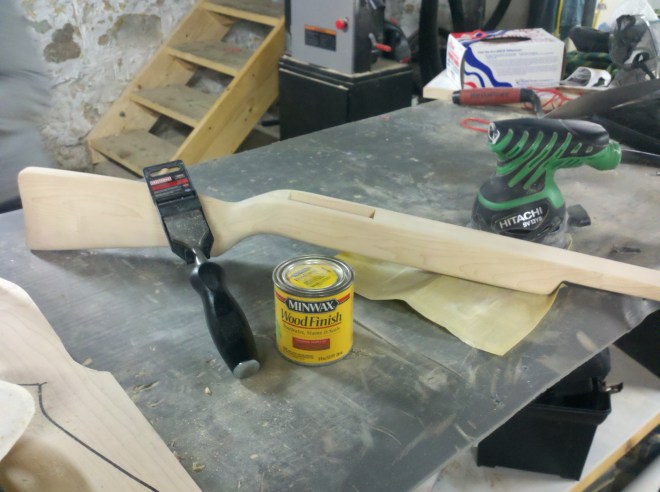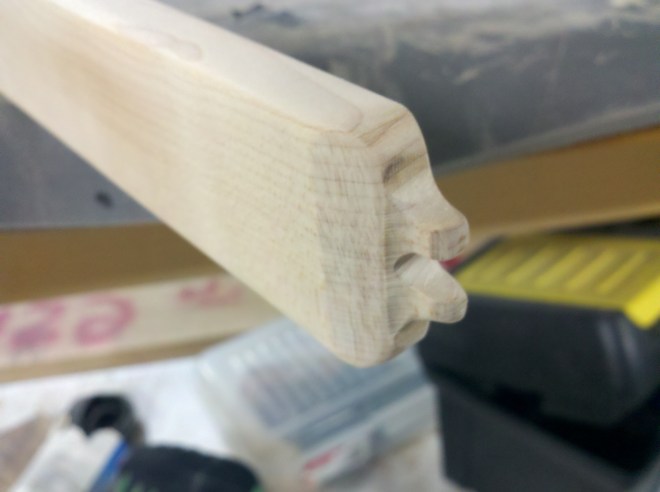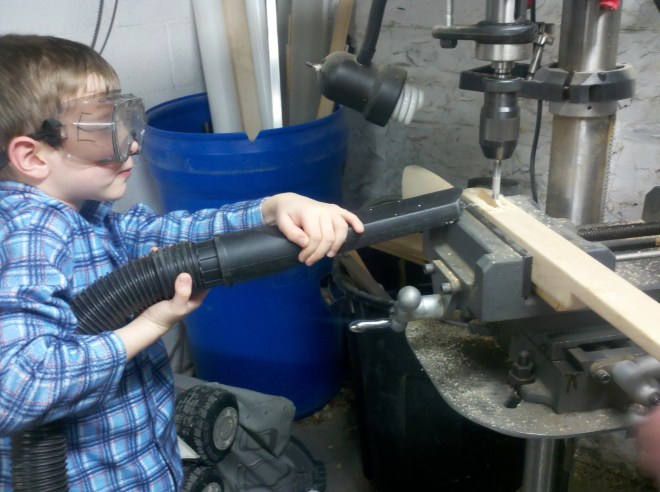From time to time we host a get-together or party where we feature fresh squeezed limeade as the main beverage. We have universally heard 5-star feedback from people who have had this simple but good drink.
The problem is, squeezing enough limes for a party of 60+ people takes a lot of time (and limes). After about the fifth lime the first time… I had enough!
I went down to the shop and built a simple but powerful hinged wooden squeezer about 3′ long. It looked like two canoe oars with a hinge holding them together. With this contraption, a suitable helper (Eli), and a big stainless steel bowl, we could really crank out the lime juice (gallons).
Since using that a number of times, I’ve thought of some improvements I’d like to make, eventually ending in a fabricated stainless steel mechanism that is easy to use, powerful, and helpful. The force applied to the lime should be compounded at the end of the squeeze cycle, taking full advantage of maximum leverage to get the last drops out (less waste, less fatigue).
Using the power of four-bars, I’m working up a Solid Works model which should meet most of the above criteria. I think we will soon build a prototype out of maple, which is a very hard wood.
Here is a picture of it “open”:

Here is a picture of it “Closed”:

















